At one time, the percentage ratio of the display to the facing surface of the device was a lot of discussion. The more percentage the display occupied, the better, of course. This was the era when "bezel-less" phones started to come on the scene. Android manufacturers solved the conundrum of the presence of the fingerprint reader by moving it to the back. Apple kept the home button until the arrival of Face ID.
Android manufacturers soon understood that there is power in the size of the display, but on the other hand, they did not want to impoverish customers with the authentication of access to the device with the help of fingerprints. Since there wasn't enough room for the sensor on the front, it moved to the back. In a few cases, it was then present in the shutdown button (e.g. Samsung Galaxy A7). Now it is also moving away from this, and ultrasonic fingerprint readers are present directly in the displays.
It could be interest you

Face ID as a competitive advantage
As a result, Android phones can only have a display with a hole for the front camera present. In contrast, Apple uses a TrueDepth camera in its iPhones without a home button with a more sophisticated technology. He could coin the same strategy if he wanted to, but he wouldn't be able to provide biometric authentication of the user with the help of a face scan. It could just provide user authentication, but it doesn't work especially in banking apps because it's easier to crack. He could hide the fingerprint reader in the power button, as he did with the iPad Air, but he obviously doesn't want to. Evidently, he sees in Face ID what makes people buy his iPhones to a large extent.
Except for various rotating and rather unique mechanisms, the selfie camera is already trying to hide itself in the display. So there are coarser pixels in a given location, and the camera sees through them when using it. So far, the results are rather questionable, mainly because of the brightness. There is simply not as much light reaching the sensor through the display, and the results suffer from noise. But even if Apple hid the camera under the display, it would still have to place all the sensors that are trying to biometrically recognize our face somewhere - it is an illuminator, an infrared dot projector and an infrared camera. The problem is that preventing them like this means a clear authentication error rate, so it's not entirely realistic yet (although we don't know exactly what Apple has in store for us).
It could be interest you
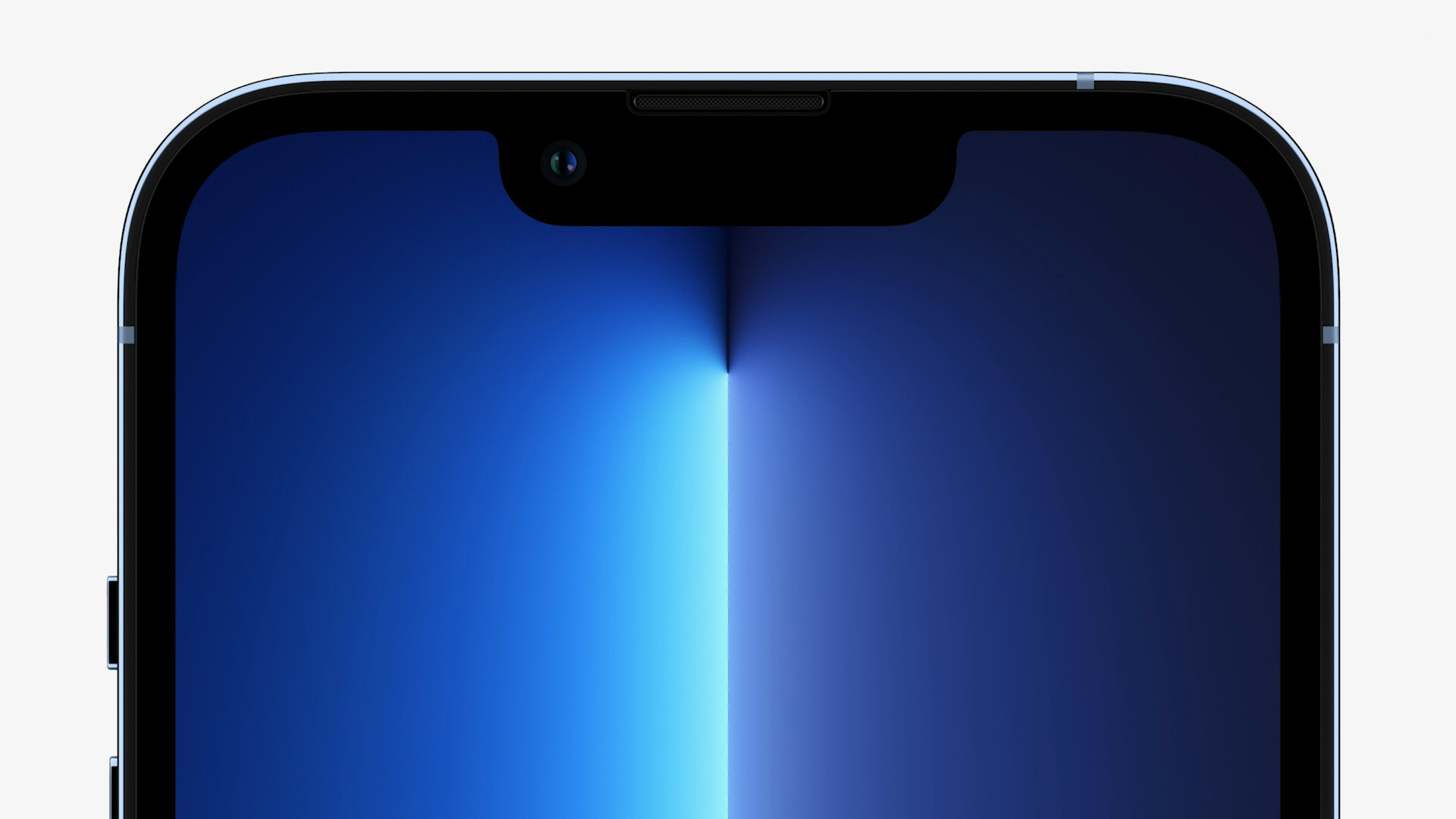
The direction of miniaturization
We have already seen various concepts where the iPhone does not contain one large cut-out but a number of smaller "diameters" located in the middle of the display. The speaker can be well hidden in the frame, and if the TrueDepth camera technology was reduced enough, such a concept could reflect a later reality. We could only argue about whether it is better to have the holes located in the middle of the display, or to spread it on the right and left sides.
It is still too early to hide the entire technology under the display. Of course, it is not excluded that we will see this in the future, but certainly not in the next generations. It might be more interesting for many from Apple if it made a variant of its iPhone without Face ID but with a fingerprint reader in a button. This probably won't happen on top models, but it might not be out of the question in a future SE. Of course, we are already seeing concepts with an ultrasonic reader in the display. But with that, it would mean copying Android, and Apple probably won't go down this path.



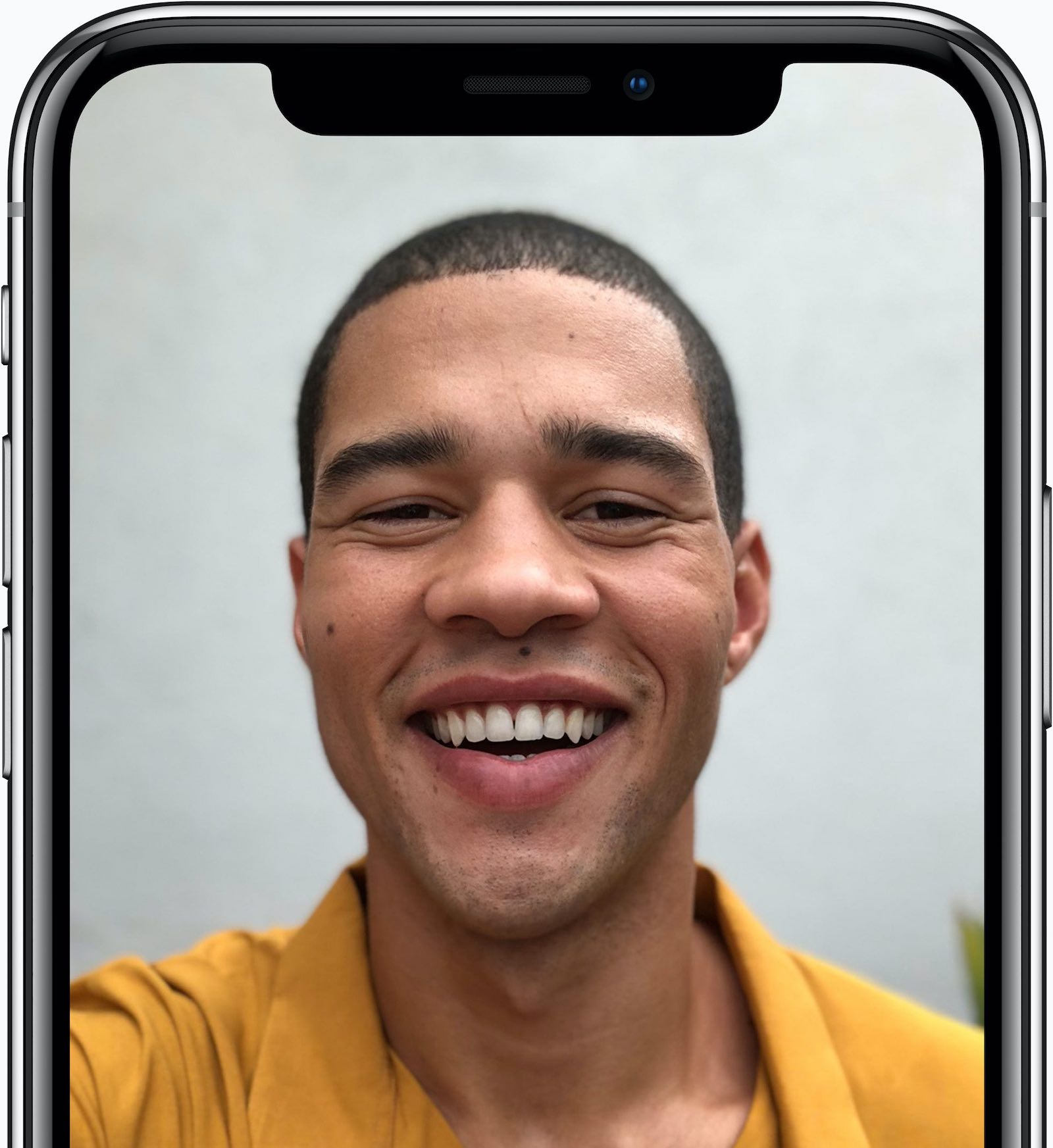
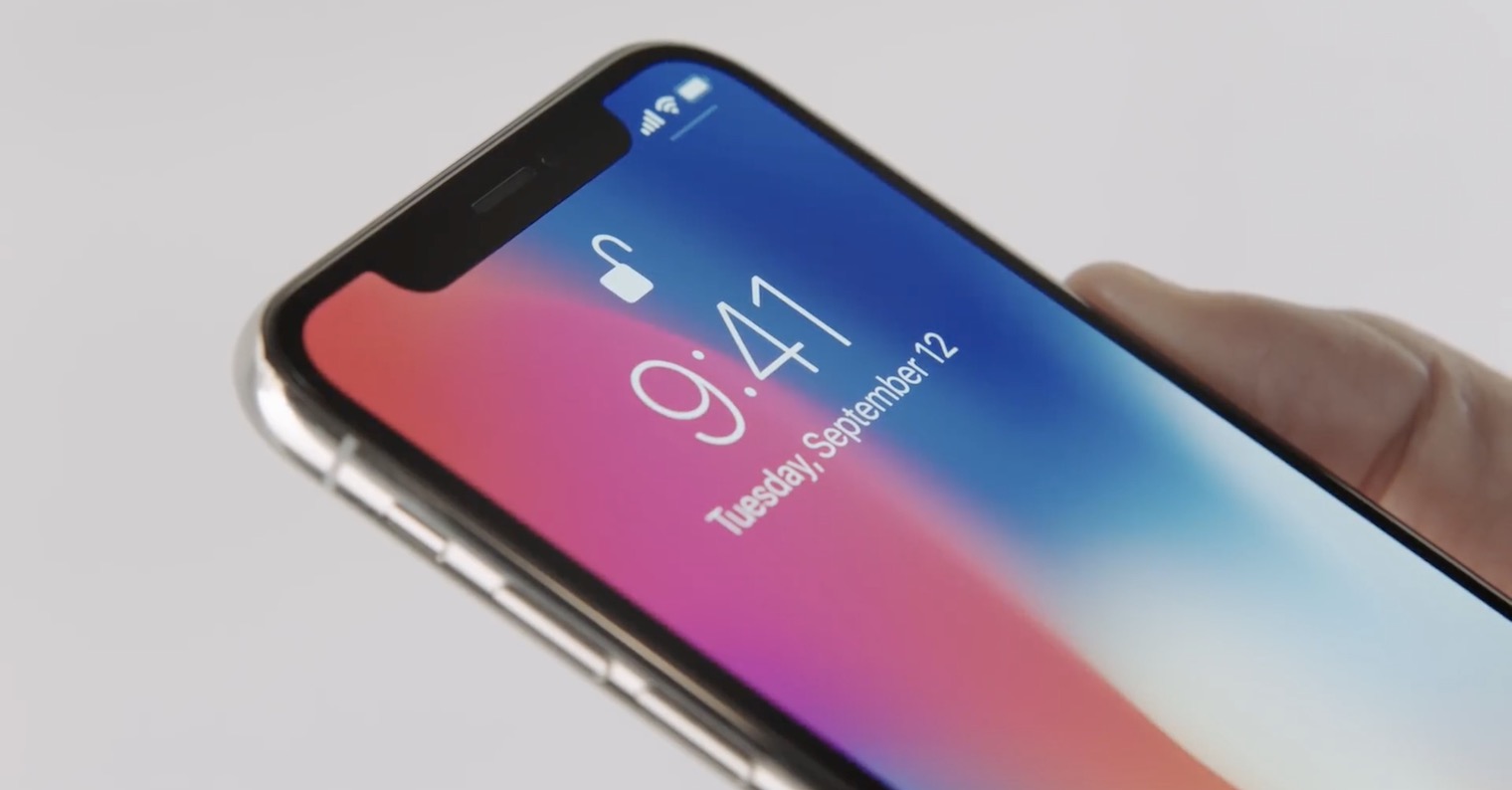

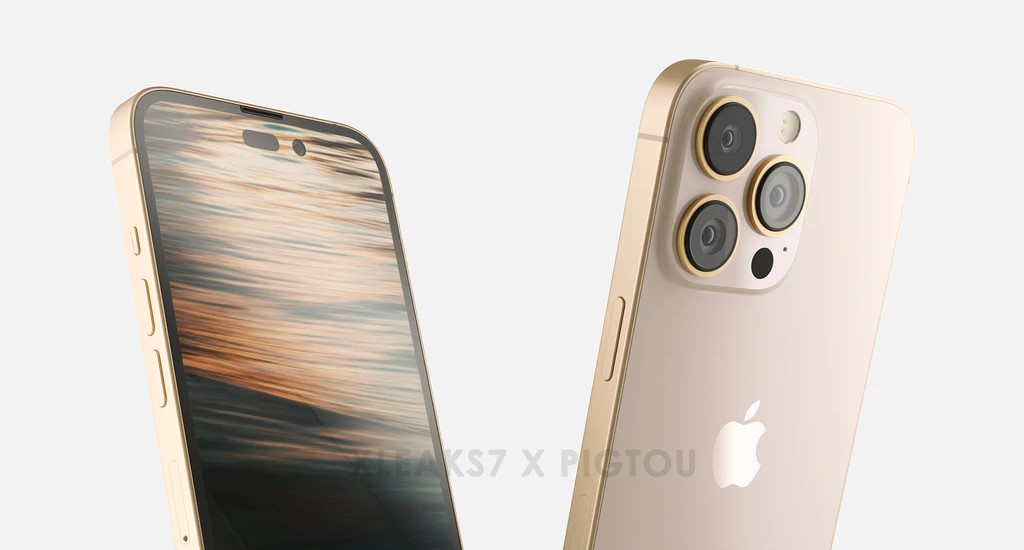
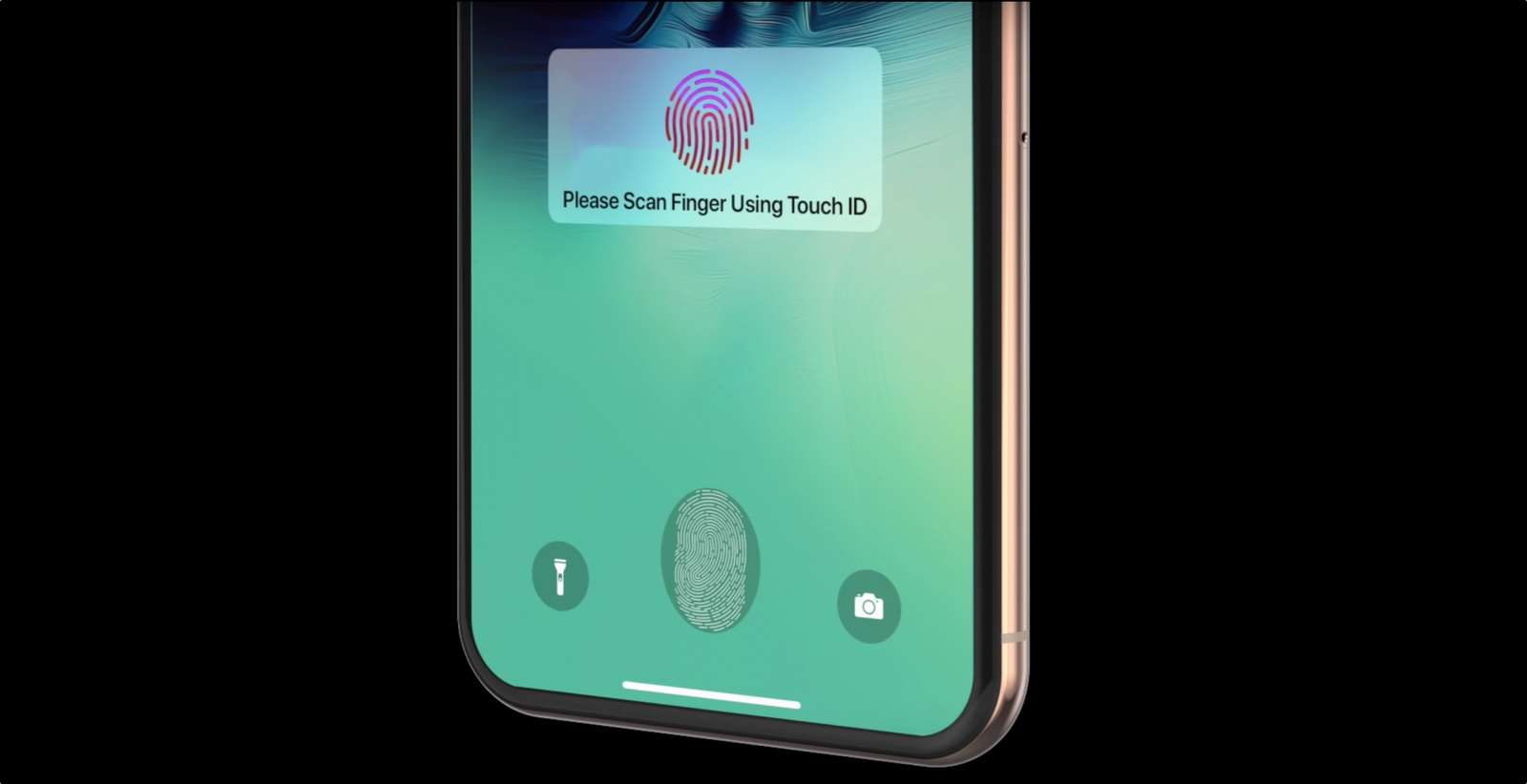
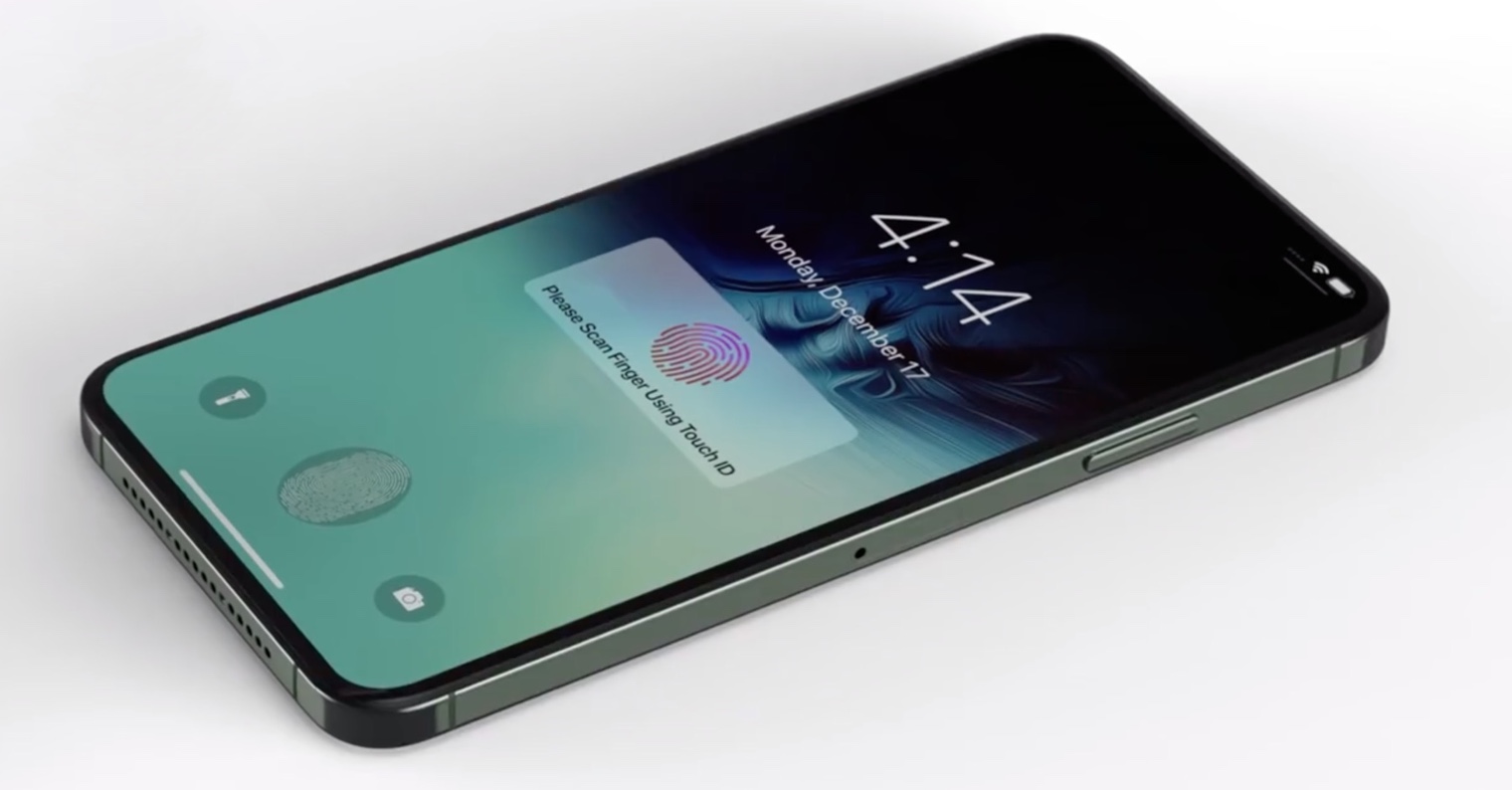
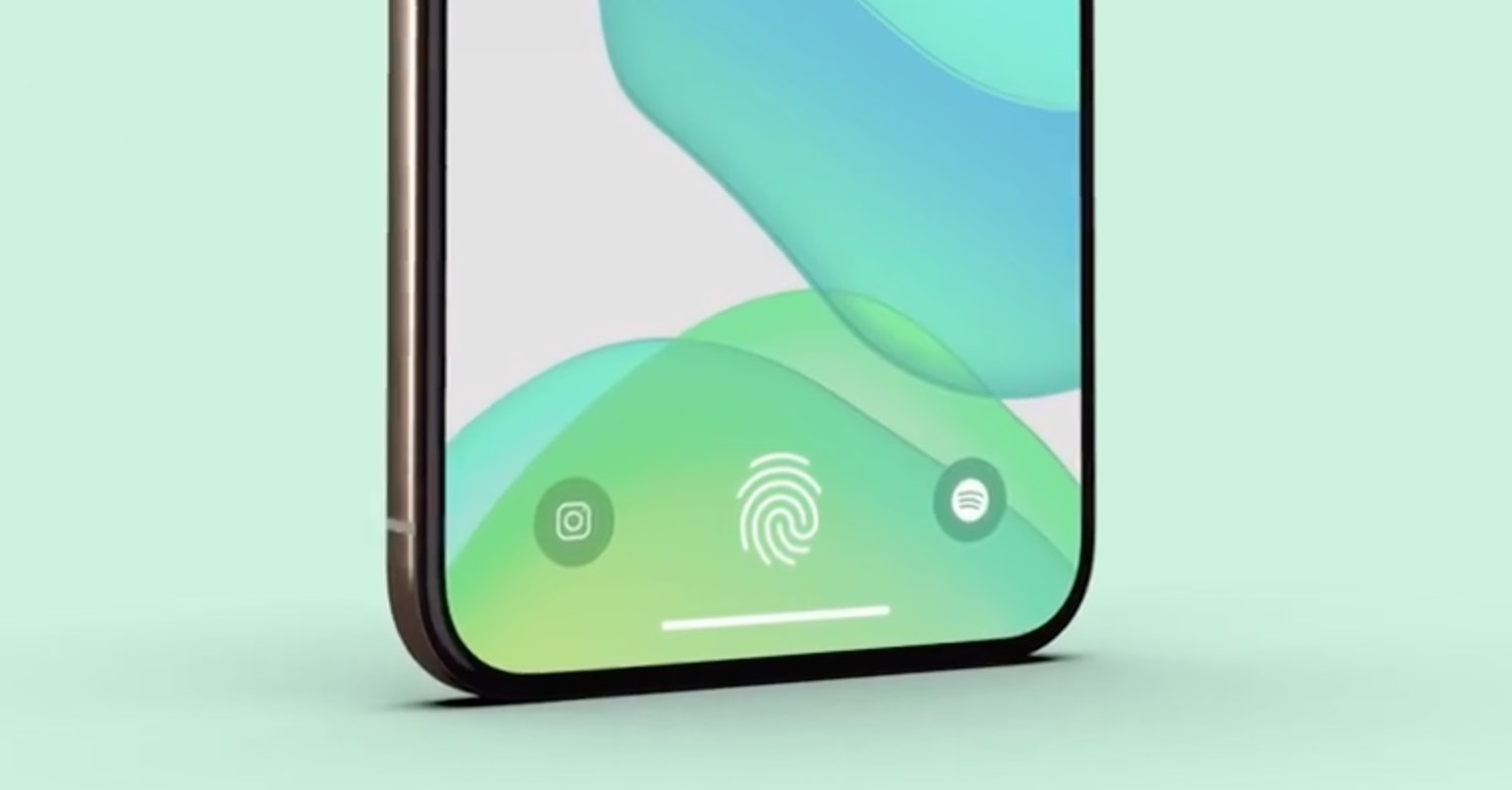

Because Apple is incompetent. 5 years have passed and even after such a brutal development period, Apple has not been able to solve this. I don't understand why touch ID is not used in the display, the problem would have been over long ago and there would only be the horror in the form of a bullet hole.
FID is nice, but completely unnecessary, if I pick up the phone anyway, a fingerprint would be enough. For me, the FID is useless, it often happens that I have to enter the code, about 3 times out of 10. Apple is simply a woefully underdeveloped company that only squeezes dumb iOves.
You probably don't have an iPhone, so you're spitting venomously. I have every model since 4, they are unbeatable. You're just a ram.